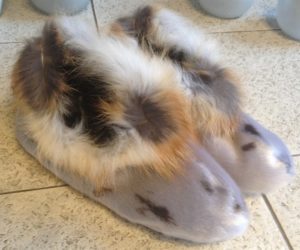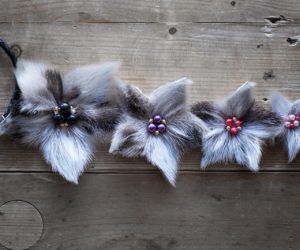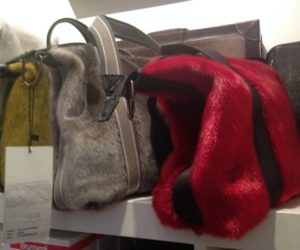The Arctic climate requires warm clothes that are water- and wind-proof. Sealskin holds all these qualities and has been the preferred material for thousands of years in the Arctic due to these qualities and its availability. It has been used for clothes and artefacts as well as materials for tents, kayaks, blankets, carpets and rugs for houses and sledges.
When they travel by sea (kayaking), they put on as a great-coat over their common garment, a tuelik, i.e. a black, smooth seal’s hide, that keeps out water
– David Crantz, 1767, The History of Greenland

Carving sealskin with the ulo © Mads Pihl, Visit Greenland
Traditionally Inuit women prepared the skins using the women’s knife ulo, and various stones were used to rub, scrape and soften the skin. Hard skins were chewed soft. The ulo is an all-purpose knife still used today in many applications as diverse as skinning and cleaning animals, cutting a child’s hair, cutting food and, if necessary, trimming blocks of snow and ice used to build an igloo.
Today, many of the steps in the tanning process and the conservation of skins are automated, but still demands manual work and handling. Besides conserving the skin, the purpose is also to keep the natural look and feel. New techniques in tanning, dyeing and scalping of skins make them so thin that they can be sewed into lovely evening gowns or beautiful tops.
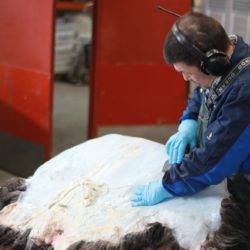
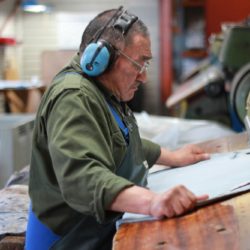
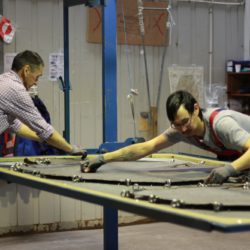
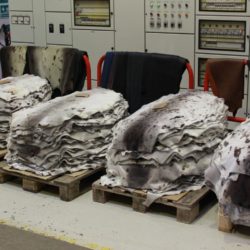
Most major villages in Greenland had until recently a sewing workshop where sealskins were made into different garments and artefacts. Due to the 2009 EU seal ban, Great Greenland Furhouse had to close its last sewing workshop in 2016. The effects of the seal ban have been devastating for household economies in many of the villages in Greenland, especially those where few or no alternative income options exist.
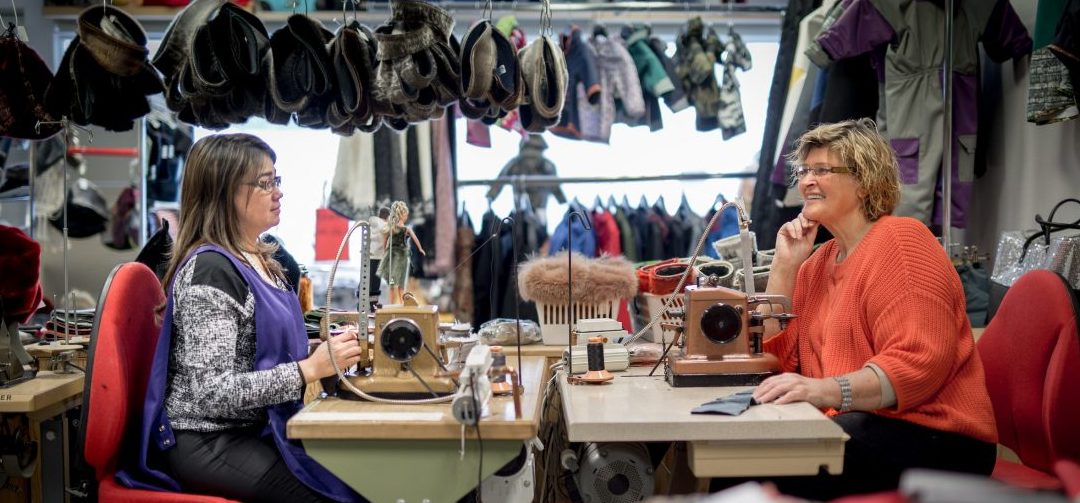
Mersortarfik sewing workshop, Ilulissat, Greenland © Mads Pihl, Visit Greenland
Now as in the past, essential parts of the Greenlandic national dress are made from sealskin, like the footwear – the kamiks – and the trousers. The dress is used for special occasions like the national celebration, religious holidays, confirmation, and first day of kindergarten and school.

2016 Confirmation in Nanortalik, Greenland © Mads Pihl, Visit Greenland
The outstanding qualities of seal skin have not gone unnoticed by fashion designers, both in hunting countries like Greenland, Iceland and Norway and also internationally. Their products have supplied the market with high fashion, luxury clothing.
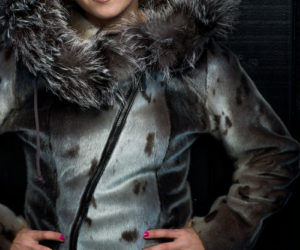
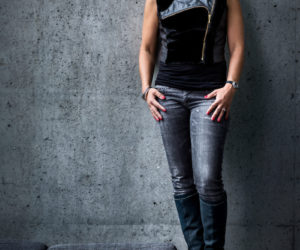
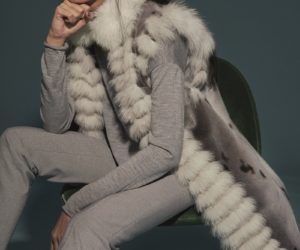
Almost every part of whales and seals can be used either directly or made into another product, whether clothes or artefacts. The baleens or whalebones, the filter-feeding structure in keratin found in baleen whales’ mouths, were used to make corsets, carriage springs, fishing poles, whips and umbrella ribs in the 19th and early 20th centuries. Whalebones could be moulded, with heat and pressure, into complex shapes used for a variety of luxury items, like handles cups and ladles, twisted walking sticks, handles of Samurai swords, and hair combs. Jewellery and artifacts (hearings, decorations, knife handles, walking sticks) are still made from baleen and marine mammals bones and skins. Other types of utilisation also existed. Pilot whale stomachs were used as buoys and thongs of dried skin from the dorsal ridge to tie the oars on traditional Faroese boat (see more here under 9. Hunting and Utilisation). Intestines of many species where used as ferilisers in the field.
